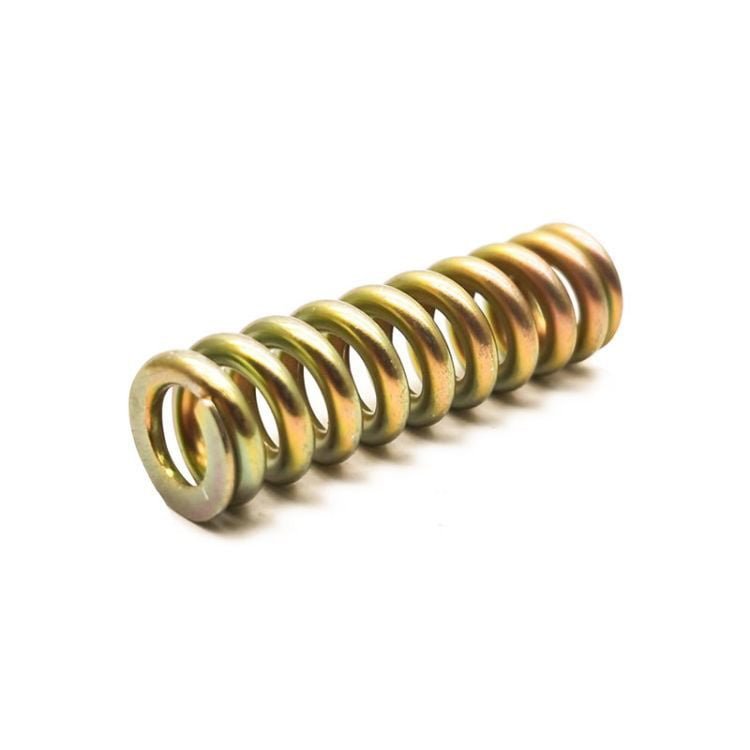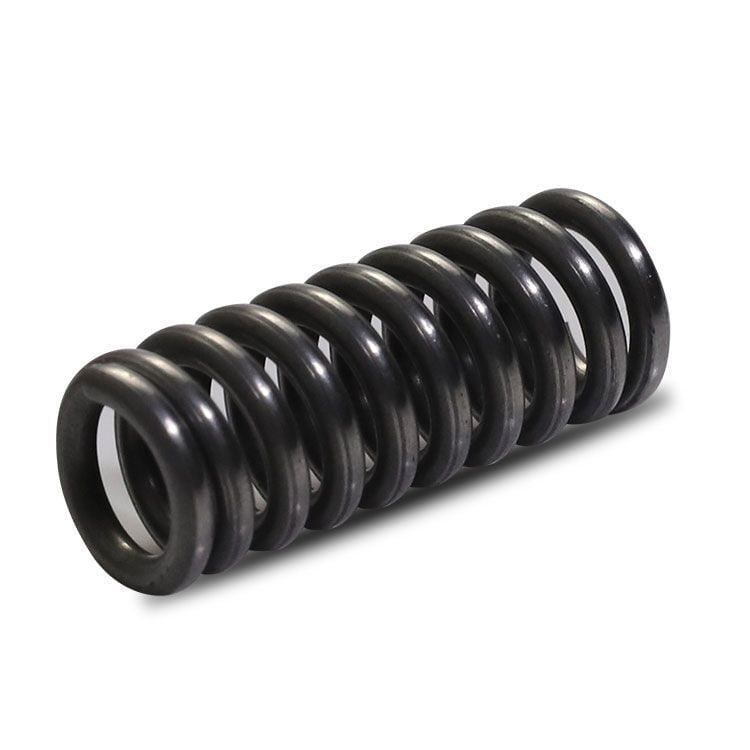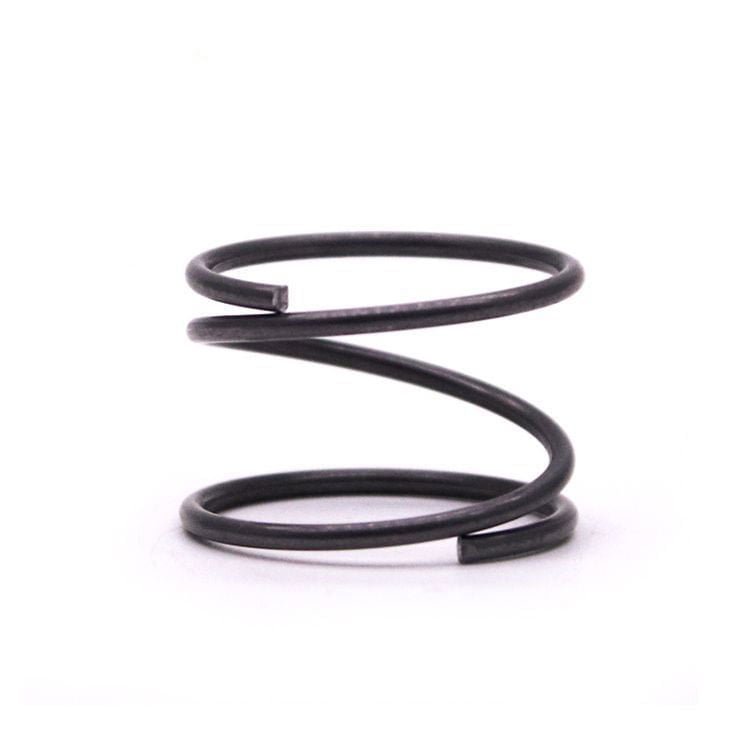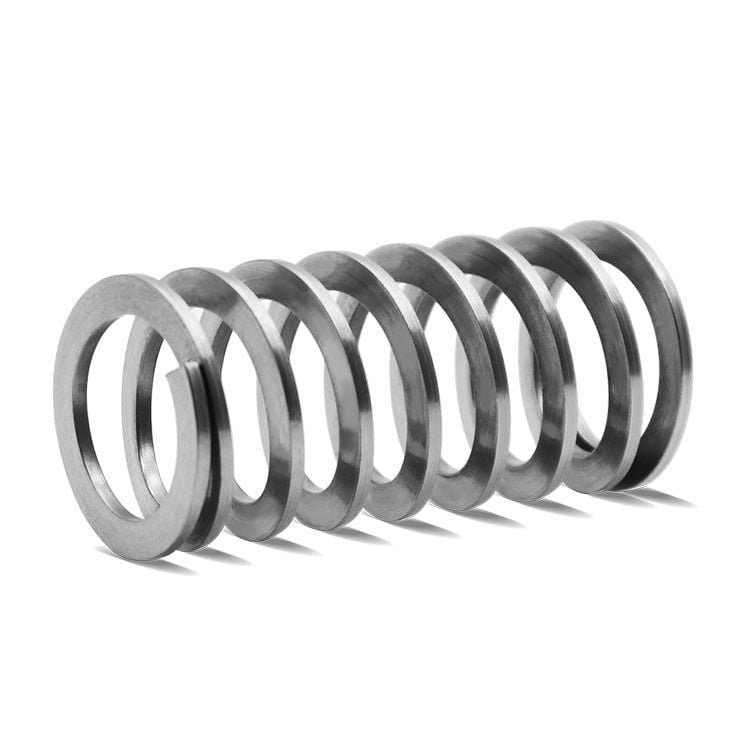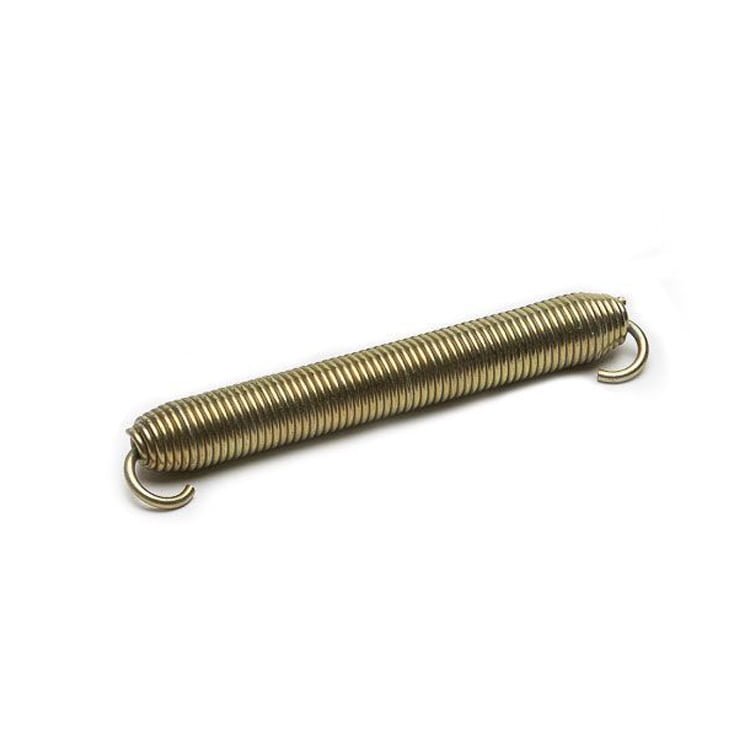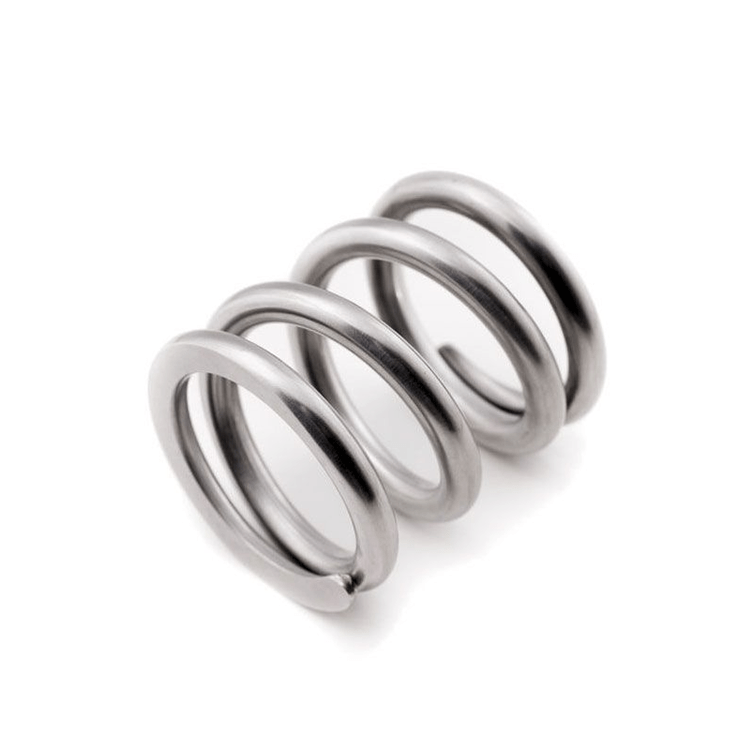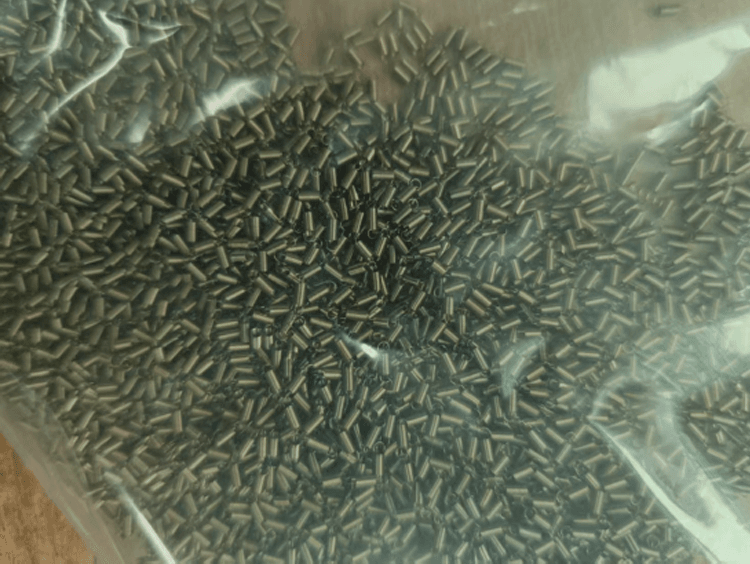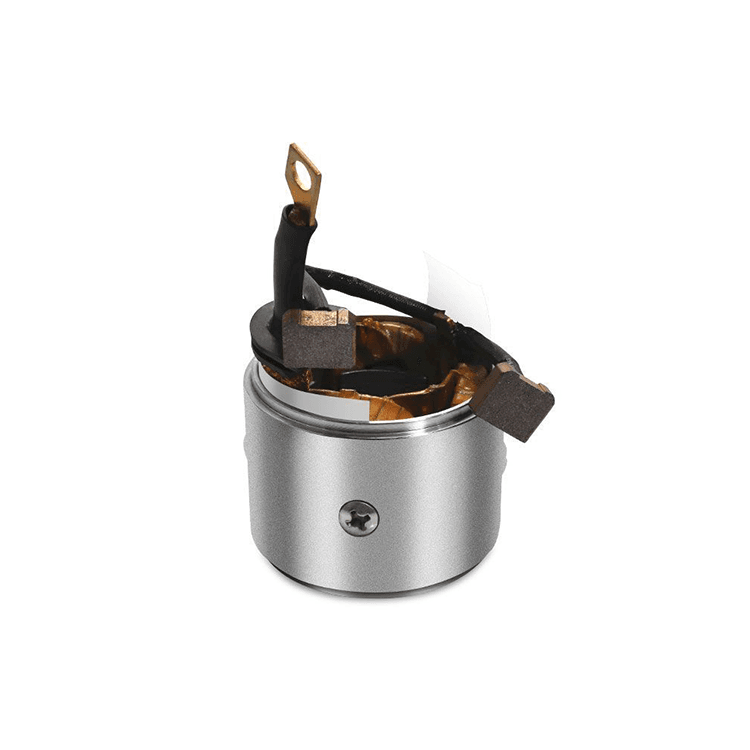Compression spring plating surface treatment
There are many kinds of Spring plating surface treatment, electroplating is a more common one, through electroplating can form a layer of metal protective layer on the surface of the spring, so as to improve the corrosion resistance, wear resistance, electrical conductivity, aesthetics and other properties of the compression spring. More types of Spring plating surface treatment, including: zinc plating, nickel plating, silver plating, tin plating and gold plating.
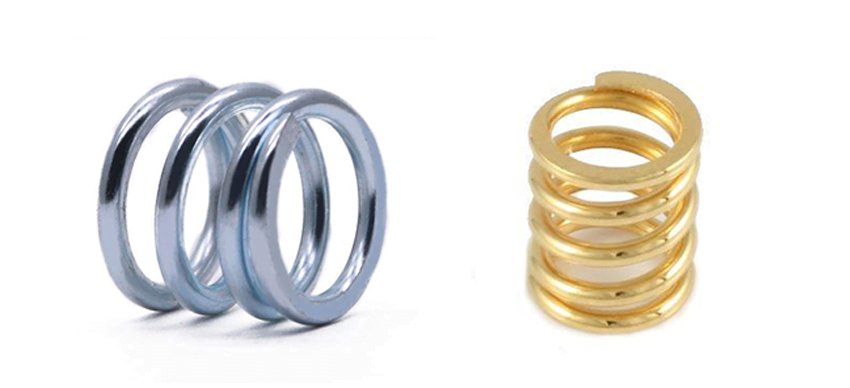
Spring plating surface treatment is an electrochemical process in which the basic principle is to use electrolysis to deposit a base of other metals or alloys on a metal surface to form a protective layer. In the plating process, the plated spring is used as the cathode, and the coated metal is used as the anode, and both are immersed in the plating solution containing the coated metal ions, and through direct current. Under the action of electric field force, the metal ions of the coating move to the cathode and are reduced to metal atoms on its surface, thus depositing on the surface of the spring to form a coating.
Five types and characteristics of Spring plating surface treatment:
1.galvanize
- Features: Galvanizing is one of the most widely used electroplating methods, in which the coating has good corrosion resistance and aesthetics, the galvanizing layer can protect the spring from the corrosion of air, water and other corrosive media, thereby extending the service life of the spring.
- Thickness: The thickness of the galvanized layer is generally customized according to the specific needs, usually in the range of 6-24μm.
- Application scenario: It is suitable for springs in general environment, such as springs in automotive, mechanical and other fields.
2.Nickel plating
- Features: The nickel plating layer has extremely high hardness and wear resistance, and has good corrosion resistance. The surface of nickel-plated spring is smooth, beautiful and not easy to change color.
- Types: Nickel plating including electrolytic nickel plating and non-electrolytic nickel plating two, electrolytic nickel plating plating quality is more stable, but the cost is higher; Electroless nickel plating although the cost is lower, but the quality may be slightly inferior.
- Application scenario: Suitable for springs that require high wear resistance, such as friction plate springs, clutch springs, etc.
3.silvering
- Features: The silver plating layer has good electrical and thermal conductivity, and has a high degree of beauty, the surface of the spring after silver plating presents a silver white luster, very beautiful.
- Process: The silver plating process includes three steps: pre-treatment, silver plating and post-treatment. Pretreatment is mainly cleaning and oil removal; Silver plating is the method of electroplating or electroless plating; Post-treatment includes steps such as cleaning, drying and testing.
- Application scenario: Suitable for springs with high electrical conductivity requirements, such as springs in the electronics industry.
4.tinning
- Features: The tinning layer has good welding and electrical conductivity, and has a certain corrosion resistance. The surface of the tinned spring is smooth and easy to weld.
- Application scenario: It is suitable for springs that need to be welded, such as springs in electrical components.
5.gild
- Features: The gold layer has very high corrosion resistance, wear resistance and aesthetics. The surface of the gold-plated spring shows a golden luster, very noble and elegant.
- Cost: Due to the high price of gold, the cost of gold plating is also relatively high.
- Application scenario: It is suitable for springs with high requirements for aesthetics and corrosion resistance, For example, springs used in jewelry.
The above is about the introduction of compression Spring plating surface treatment,I hope I can help you.Feel free to call or email us.










